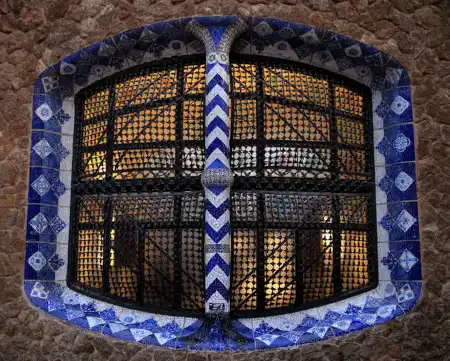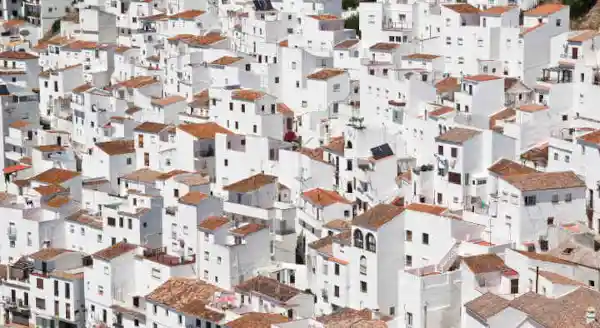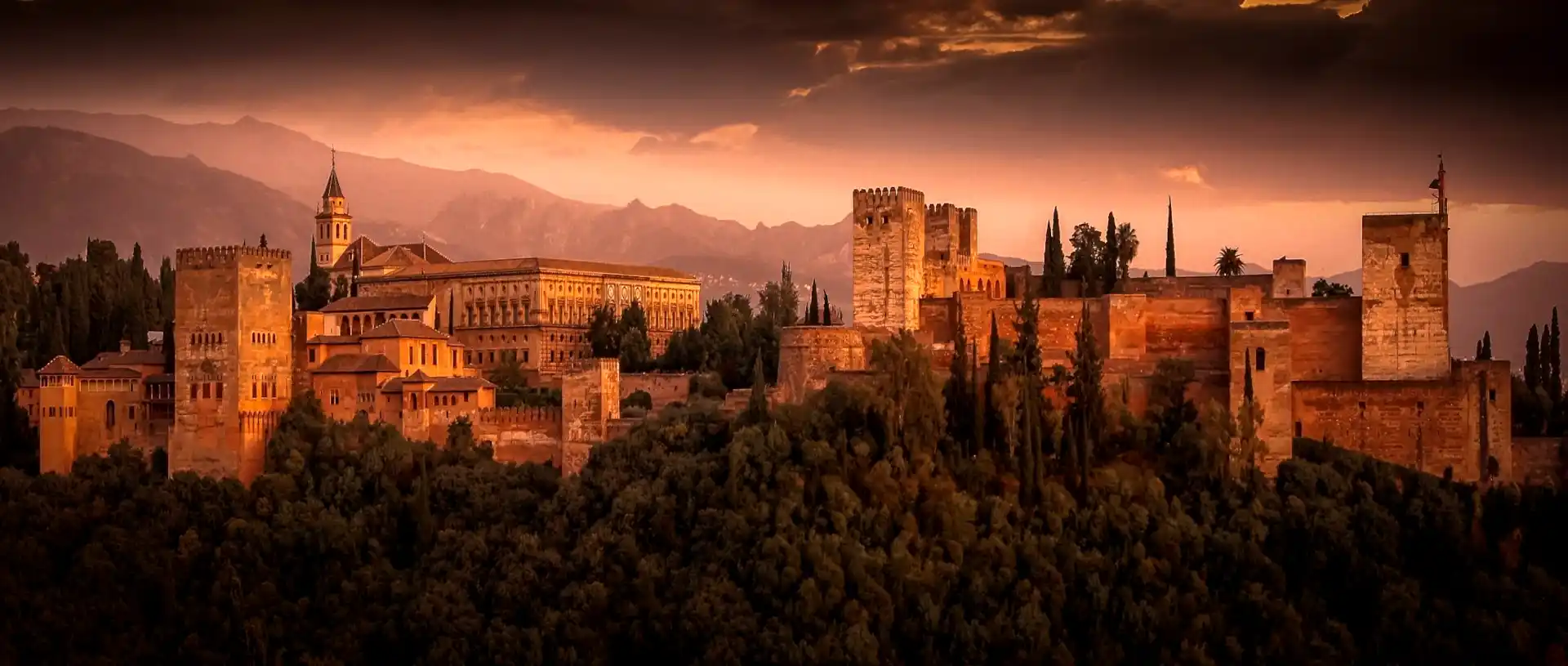Professional Spanish Translation
Halifax provides professional Spanish translation services.
Comprehensive Spanish language services
We offer full Spanish translation services including:
- Spanish document translation
- Certified Spanish translation
- Revision, editing or proofreading of Spanish documents
- Spanish document conversion
- Spanish interpreting, online or live
- Spanish video translation & transcription
- Desktop publishing for Spanish
Our large pool of translators covers a broad range of specialties They are all tested and known to us personally. We encourage and assist them to continuously improve their skills.
Our prices are among the lowest you will find for a professional Spanish translation service. See our prices page for details.

The Spanish language – a translator’s view
We asked one of our leading linguists to tell us something about the language she studied and has worked with for over 20 years as a professional Spanish translator. Here is what she told us.
What particular challenges do you face working with Spanish translation?
I translate English to Spanish, Serbian to Spanish and Spanish to both languages. Each has its own special difficulties.
Subjunctive tenses can be a challenge for a translator with my background. The verb tense used in subordinate clauses is unknown in Serbian and the choice of appropriate means for conveying it can cause many doubts.
Another difference for Serbian speakers is the use of articles, which of course don’t exist in any Slavic language. These are a common headache for Serbian translators.
The difference between the verbs ‘ser’ and ‘ester’. Both verbs mean ‘to be’, but their use is different which can lead to confusion. For example:
– Ser bueno (to be good)
– Estar bueno (to be good-looking)
Spanish has (at least) two language variants: European Spanish spoken in Spain, and Latin American spoken on the American continent. The richness of the vocabulary, the influence of native languages and the geographical specificity of the dialects can be one of the greatest challenges in translating even the simplest words. For example, the word banana has multiple names depending on the country (plátano in Spain, banana in Argentina, banano in Guatemala, guineo in Panama, cambur in Venezuela).

One example of lexical diversity, in this case in Serbian, is the words denoting members of your wider family. Like in English, the word tío can mean both maternal or paternal uncle, which have completely different names in Serbian. Primo can be a cousin of an aunt, a maternal or a paternal uncle. It’s easy to cause misunderstandings.
Does Spanish have any special features unlike other languages?
One characteristic of Spanish is the letter ñ, unique among languages with Latin script.
Another feature is specific punctuation: exclamation and question marks are placed both at the end and at the beginning of the sentence (¡…! ¿…?)
Unlike superscript quotation marks “…”, whose use is spreading today under the influence of English, Spanish uses the form «…».
The letters b and v are pronounced identically, and the letter h is not pronounced, leading to frequent spelling mistakes.
Where does the Spanish language come from?
Spanish originated in southwestern Europe as a development of vulgar Latin. Today’s Spanish is a mixture of languages influenced by the conquerors of the Iberian Peninsula, Romans, Goths and Arabs. The name Castilian is also sometimes used as a synonym for formal Spanish. It originates in Castile, a region of central Spain.
The Hiberi (from Latin, which took it from Greek Ίβηρες, Iberes) inhabited the Iberian Peninsula in the sixth century BC. They made contact with nomadic Celtic tribes in the north of Spain with whom they merged over time creating the Celtiberians who spoke a type of Celtic language. The Celtic dialects continued to vary depending on the tribe, with no single language developing.
With the Roman conquest of the peninsula, then called Hispania, in 218 BC, the population came into contact with classical Latin, the language of education and the Roman Empire. Through the interplay of the cultures and languages of the conquerors and the natives, classical Latin underwent changes leading to the creation of vulgar Latin, from which Romance languages would later evolve. Latin remained the official language of administration and culture even after the invasion of the Western Roman Empire by the Germanic Visigoths in the fifth century, until the eighth century and the Arabian conquest.

In 711, the Moors, Arabs from north Africa, occupied the whole peninsula, spreading their language and highly refined culture. Their influence was strongest in the south, called Al-Andalus, where the Mosarap dialect was spoken. The tribes from the north were able to resist the Moorish penetration and preserve their vernacular, but Arabic exerted the greatest influence after Latin on the later development of the Spanish language.
Spanish at that time was known as el Cristiano (Christian) to distinguish it from Arabic.
Standardization of Spanish began in the thirteenth century thanks to the efforts of King Alfonso X the Wise, who aimed to collect all human knowledge in the Castilian language. In the ambitious endeavor of literacy and the introduction of the vernacular as a language of literature and government that would push Latin out of use, he brought together a team of the most prominent scholars of the time. He is remembered for his cultural contributions and the refinement of Castilian, which began to be the language of literature. He set up a translation school In Toledo where Arabic and Hebrew texts in a wide range of fields were translated.
The year 1492 marked not only a turning point in world history and the beginning of Spanish conquests, but also a key moment in the development of the Spanish language. With the conquest of Granada, the last Moorish stronghold, the Catholic kings established control of all of Spain by spreading Spanish as a literary language. This was also the year of the publication of the first grammar of the Spanish language, by Eli Antoni de Nebriha, which was also the first printed grammar of any European language.

Spanish belongs to the Indo-European family and the group of Romance languages, along with Italian, French, Portuguese and Romanian. It is the official language in 21 countries, including Spain, Equatorial Guinea and 19 Latin American countries. It is also spoken on Easter Island and in the Philippines and in northern Morocco.
Spanish is the second language in the world by number of native speakers. Over 500 million people in the world speak Spanish, a number that is growing rapidly.
Hispanic America leads the way with about 370 million speakers, accounting for about 90% of the world’s total. Spanish is the second most spoken language in the United States with more than 50 million speakers, thanks to its large-scale Hispanic community. It is spoken on five continents including Antarctica, in the Argentine town of Fortin Sarhento Cabral and the Chilean Villa la Estrella.

Some interesting facts about Spanish
One of the specifics of Spanish is the dual use of the terms Castilian and Spanish. The term Castilian is used to distinguish it from other languages spoken in today’s Spain, while the term Spanish is universally used to distinguish it from other languages of the world.
The controversy over the use of these two terms for the same language goes beyond linguistics and touches on socio-political issues. The Spanish Royal Academy acknowledges both names, but favours the term Spanish over Castilian, which it considers to be a dialect of Spanish spoken in the Castile region.
The first known document written in Spanish dates from 959 and was written by a nun from the Monasteries of San Husto and San Pastor, in a small town in Leon. Interestingly, the document is not a religious script, but a list of supplies for the monastery.
Along with Japanese, Spanish is considered to be the fastest language in the world. Speaking speed is based on the number of syllables a speaker can speak per second.

Text translated into Spanish from e.g. English can expand by some 20%. Worth considering when you are looking at Spanish translation prices.
Spain
Spain is a wonderful country and the Spanish are a good-natured people who easily accept visitors. If you are unfamiliar with Spain but would like to know more about it, try reading Alex Waltner’s Swedish Nomad blog, there are a lot of interesting snippets about the country.
